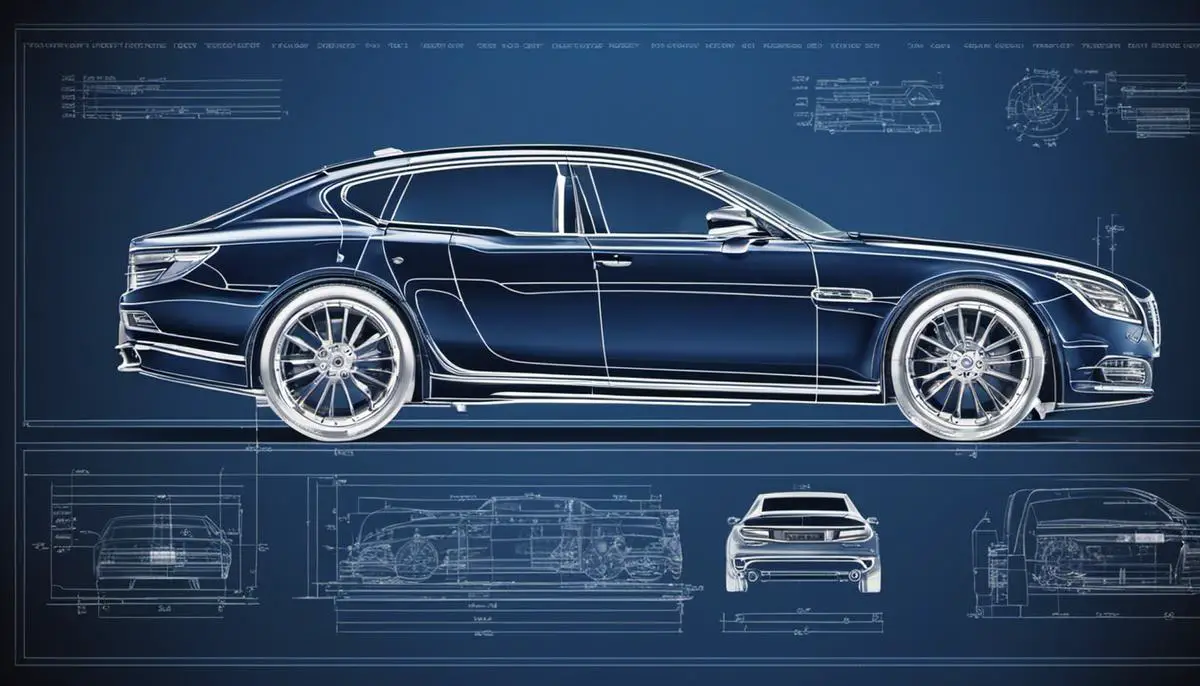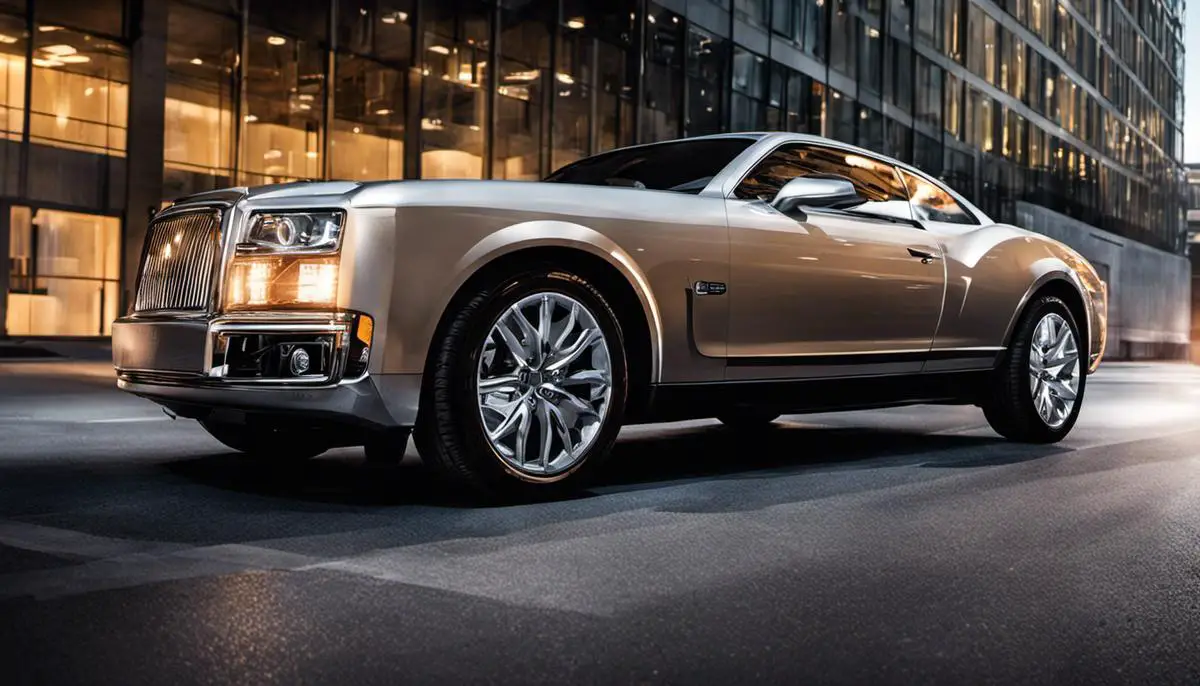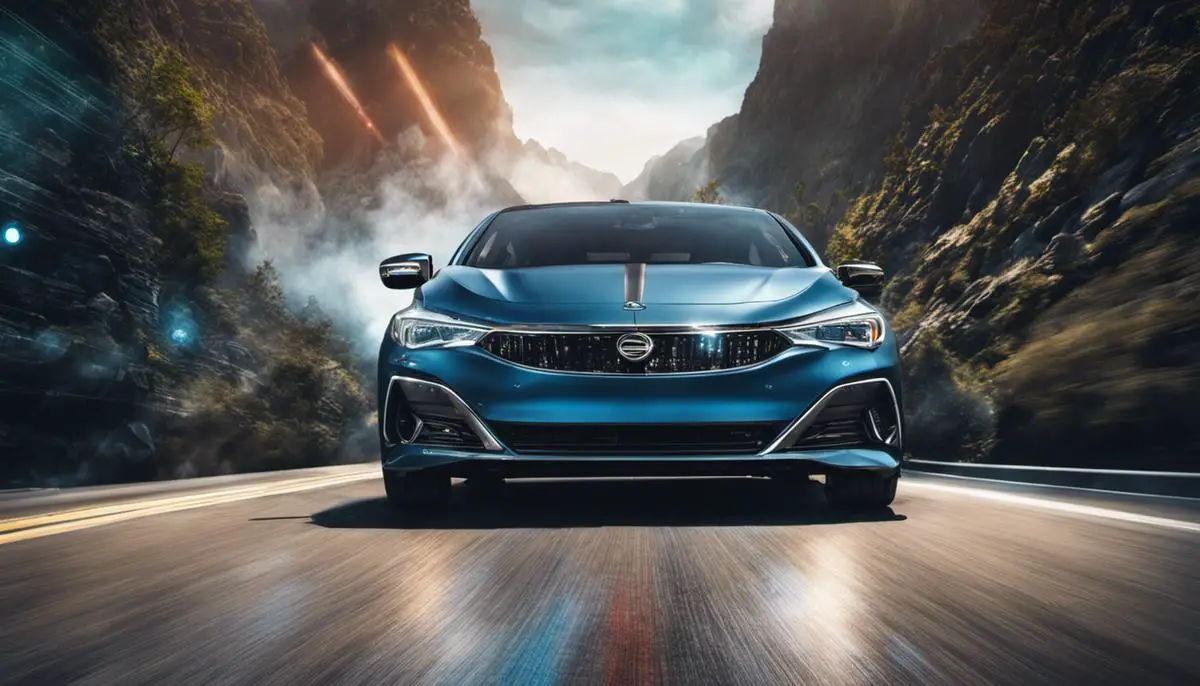When considering the purchase of a new vehicle, one common assumption made by potential buyers is that bigger cars equate to larger cargo areas. This belief, while understandable, isn’t always the correct inference. An extensive investigation into the basics of car dimensions, construction techniques, and design principles often yields surprising results about the correlation between a vehicle’s external size and the available interior cargo space. With advancements in vehicle technology, the implications of these perceived space dynamics are further redefined, and the interior spaces of cars have become increasingly versatile, reshaping our traditional understanding of vehicular space utilization. By diving into an analytical comparison of differently-sized vehicles, we can broaden our perspective and comprehend why size doesn’t wholly determine the cargo space a vehicle offers.
Contents
Understanding the Basics of Car Dimensions and Design
Dissecting the Impact of Car Dimensions and Design on Interior and Cargo Space
Efficiency is rooted in design – from the smartphone in your pocket to the car in your driveway – and it’s the art and science of smart design that doesn’t just fascinate but also pushes technology enthusiasts like us to dig deeper. Today, we’re all about automobile innovation and understanding the fundamental question: how do car dimensions and design impact the interior and cargo space?
The dimensions of a car – its length, width, and height – are critical variables that designers maneuver with to balance aesthetics, performance, and practicality. The anatomy of these dimensions intrinsically affects the roominess of both the interior and cargo space.
Let’s break that down a bit. As intuitive as it might seem, a car that’s longer and wider does not invariably mean it has more interior or cargo space. While these dimensions do contribute to potential space, other design elements play an equally critical role. In other words, large exterior measurements may seem promising, but the marriage between dimensions and design is where the real magic happens.
Consider the structural design of a vehicle. Automakers employ various techniques to optimize space inside the vehicle without significantly altering exterior dimensions. Creative cabin layout, strategic placement of mechanical elements, and the design of the seats all impact interior space. Take minivans, for example. Despite their not-too-oversized dimensions, through smart design, they provide substantial cargo and interior space, topping many full-size SUVs.
In recent years, some manufacturers have been able to decrease overall vehicle length and width without compromising cabin space. This is achieved through efficient packaging, such as using transverse-mounted engines allowing more cabin space. Let’s not forget the rising popularity of compact SUVs or crossovers. These vehicles use an elevated seating position giving the illusion of space, whilst the compact design facilitates urban navigation, proving that intelligently designed compact dimensions can also cater to spatial expectations.
Also worth noting is the sloping design of the roof, a key aesthetic feature. While it does add a sleek and sporty look to the vehicle, it can compromise cargo headroom and rear-seat passenger space.
Another trend in auto design is abandoning the traditional three-box design (distinct compartments for the engine, passenger, and cargo), blurring these boundaries, and adopting a two-box design akin to an SUV or a hatchback. This bestows more interior and cargo space without amplifying the exterior dimensions.
It’s a fascinating world where engineering, ergonomics, and aesthetics align to create vehicles that not only catch the eye, but also offer generous amounts of space. Dimensions provide a simplified analysis, but understanding the influence of design opens a broader avenue to appreciate the masterful integration that gets the most out of every square inch. The result – automobiles that are a delight to drive, and a luxury to sit in. All proof that it’s the smart use of technology that propels us forward in maximizing efficiency and potential.
Just remember, next time while evaluating your prospective drive, look past its exterior dimensions and dive into the details of its design – because specs alone won’t tell the whole story.

Vehicle Technology and Space Maximization
Harnessing Technology for Efficient Cargo Management
In the continuing quest to maximize vehicle cargo space, there’s now a significant shift in focus from merely structural design towards a more technology-centric approach. With a deluge of smart technologies on the rise, automotive manufacturers are investing heavily in tech tools and methods to augment cargo efficiencies.
One notable tech mechanism automakers are applying lies in the conjunction of AR (Augmented Reality) and AI (Artificial Intelligence). Auto manufacturers are adopting AR to create virtual simulation models of vehicles that allow them to tweak and modify the cargo space configurations with an exceptional level of precision. These simulations leverage AI to analyze various possible outcomes and suggest the most optimized cargo space layouts, considering factors such as weight distribution, passenger comfort, and accessibility.
Another creative application of technology comes in the form of adaptive equipment and robotics. Automated, foldable, and transformable seating and storage systems are a testament to this approach. These systems often incorporate responsive sensors, reconfigurable compartments, and autonomous moving parts that can either fold away or double up as additional storage, thereby maximizing the effective available cargo space.
The application of lightweight materials in manufacturing is another salient point to discuss. Thanks to advancements in materials science and engineering, there’s a visible shift to lighter metals and composites. These materials provide the dual advantage of reduced vehicle weight (thus excelling in fuel efficiency) and increased strength, which can support innovative and space-maximizing interior designs.
Connected car technologies also play a substantial role in this context. Integrated telematics systems can provide real-time data on cargo status, location, temperature, and other critical parameters. This level of monitoring not only ensures optimal space utilization but also helps maintain the cargo’s integrity during transit, particularly important when transporting sensitive goods.
It’s also worth mentioning how the rise of electric vehicles (EVs) is impacting cargo space optimization. The EV architecture, with a flat battery occupying the under-floor space, allows more flexibility and room for cargo by liberating the area usually occupied by the internal combustion engine. The compact nature of electric motors further presents a potential for increased interior space, enhancing the overall cargo carrying capacity.
The implications of these tech advancements for cargo optimization are just the tip of the iceberg. Not only do they promise a future with more cargo-friendly cars, but they also hint at a transformation in our perception of what a vehicle’s space can provide – from being a medium of transport to a mobile platform that caters to a diverse range of needs. It’s incredible how technology, once again, is proving to be the game-changer – this time, in the realm of vehicle cargo space optimization.
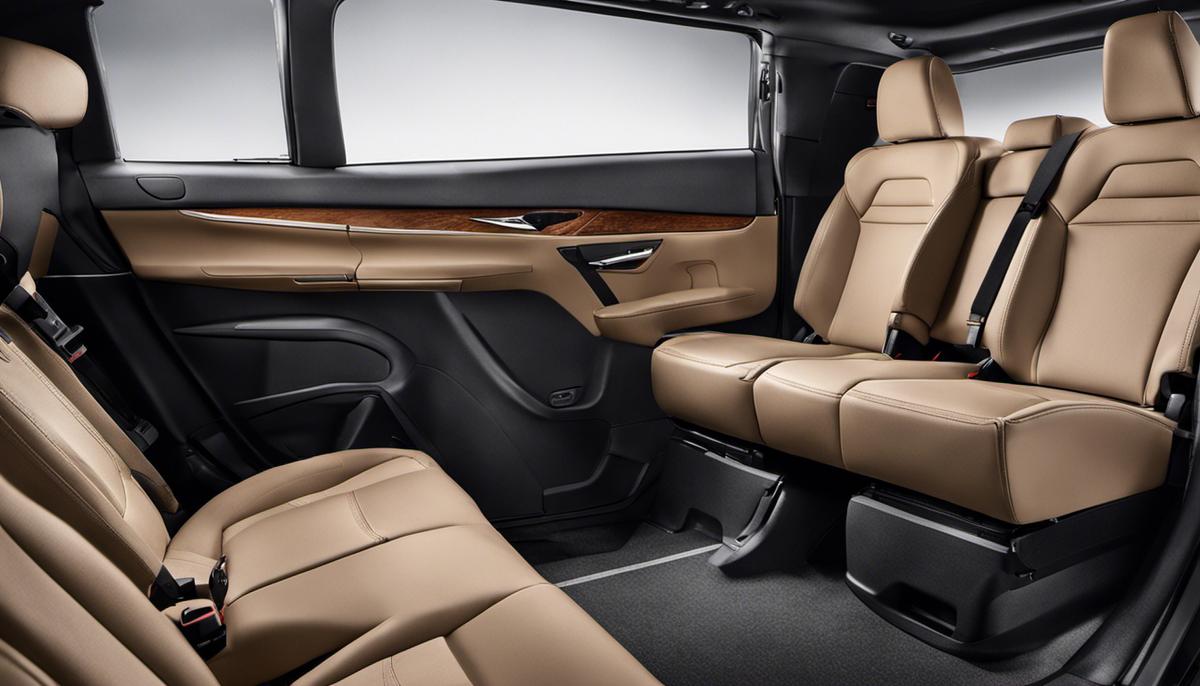
Comparative Analysis on Size and Cargo Space
In the continued exploration of vehicular technology and design, it’s essential to delve into the relationship between size, tech implementation, and adaptability to truly understand cargo capacity. The integration of augmented reality (AR) and artificial intelligence (AI) is steadily gaining traction in this sector, heading towards the goal of enhancing the configuration of cargo space. Advanced tools can skillfully optimize space utilization by promptly adjusting ingrained layouts based on parameters like object size, shape, and priority.
Thanks to AR, drivers and logistical personnel can pre-plan cargo loading for an optimal strategy, reducing the risk for potential damage while increasing efficiency. Coupled with AI, these systems become increasingly dynamic, learning from previous arrangements to continually improve space management, regardless of the vehicle’s size.
Meanwhile, adaptive equipment and robotics are being deployed for maximizing cargo space, especially in commercial vehicles. From autonomous cargo-loading robots to flexible shelving systems, these solutions aim to revolutionize how space is utilized inside larger vehicles – but they’re not just for the big guys. Several start-ups are adapting these innovations for use in smaller vehicles, suggesting vehicle size may soon become an obsolete measure of cargo capacity.
Infusing lightweight materials into vehicle manufacturing also plays a key role in augmenting cargo space. By reducing overall vehicle weight through the use of advanced composites and alloys, manufacturers can increase payload capacity while ensuring fuel efficiency. Simultaneously, these lightweight materials offer increased strength and durability, maintaining the safety and integrity of vast cargo spaces.
Moving into the digital age, connected car technology integrates IoT sensors to provide real-time data on cargo status – from weight distribution to ambient conditions. By transmitting this data to AI-powered analytics systems, the technology can offer insights to adjust cargo load or conditions, effectively ‘increasing’ space by ensuring optimal usage.
Lastly, the emergence of electric vehicles (EVs) has profound implications for cargo space optimization. Their underlying structure, devoid of large engines and exhaust systems, allows for radical redesigning of interior spaces. For instance, “frunk” (the front trunk) has become a characteristic component of several EVs, showing that size doesn’t necessarily dictate space availability.
In addition to transportation, vehicles are being reimagined as mobile platforms—be it for business, recreation, or health – and this has pushed the boundaries of traditional cargo space paradigms. Merging work or leisure spaces within a vehicle prompts inventiveness in space design, again demonstrating that a vehicle’s utility is less attached to its size than ever before.
In conclusion, larger vehicles don’t always mean more cargo space. It’s a complex interplay of design, technology, and innovation that defines a vehicle’s true spatial capacity. A deep dive into these aspects reveals an exhilarating future in vehicular technology, where size is no longer the determinant factor of a vehicle’s cargo prowess. The capacity is truly in the ingenuity.
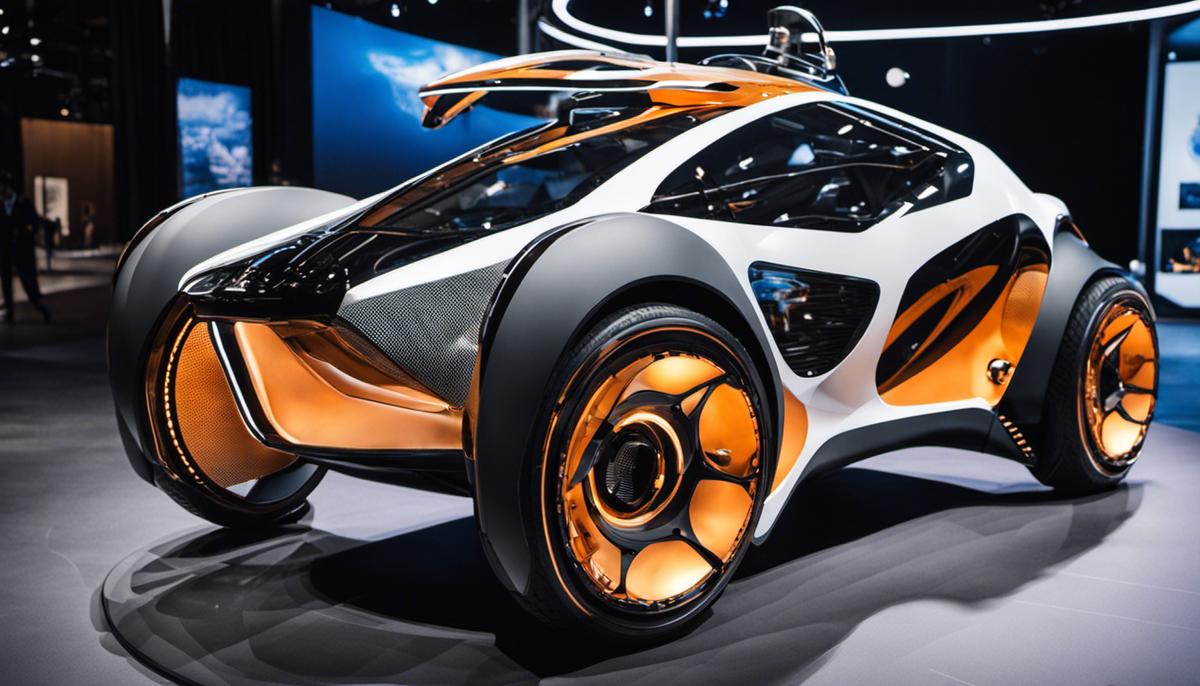
Case Study: Top Vehicle Models with Surprising Cargo Spaces
Shifting gears into the era of innovation and revolution, car manufacturers are crafting wonders that go beyond their traditional roles. Some have been clever enough to design cars that are deceptive at first sight but surprise many with unexpected cargo space capacities. This article will dissect the top vehicle models that have turned car design on its head and stand out in the parking lot due to their unconventional spatial generosity.
The Tesla S is a zenith of electric vehicle evolution and one of the innovative trailblazers in the industry. Beyond its sleek styling, this sedan boasts distinct cargo space, a result of the EVs’ unique architecture where there is no need for a combustion engine. Its “frunk,” or the front-trunk, offers additional storage beyond the standard rear cargo area. This electric supercar, with more than 28 cubic feet of cargo space, bests some small SUVs when both the front and rear cargo areas are considered.
Nissan’s Leaf, on the other hand, breaks EV boundaries with a spacious cabin and a generous trunk. The standard cargo capacity of around 23 cubic feet is significantly larger than most compact cars, further erasing the perceived constrictions of electric vehicles on space. Its rear seats can be folded flat to facilitate even more room, turning this efficient green machine into a cargo-hauling hero.
The Honda Fit, famously known for its small footprint, draws attention with its maximized interior and cargo space, thanks to Honda’s Magic Seat system. This subcompact hatchback offers cargo space that rivals many larger crossovers, with more than 52 cubic feet when the rear seats are folded down. The agile Fit stands unrivaled in the category of subcompacts, promising not just efficiency, but the room to stash your belongings comfortably.
The Volkswagen Golf GTI takes a spot on the podium, not just for its thrilling performance but also for its impressive cargo capacity. It is surprisingly roomy, boasting more than 53 cubic feet of space when the rear seats are folded. Putting many compact SUVs to shame, this hot hatch balances agility with utility.
On the more luxurious end, the Audi RS6 Avant rejects the notion that sporty speedsters cannot be spacious. The high-performance wagon combines blistering speed with impressive practicality, courtesy of its more than 30 cubic feet of cargo space. Its capabilities can further expand by folding the rear seats, allowing drivers to have the best of both worlds in terms of speed and space.
In the SUV realm, the Subaru Forester stakes a claim with personified roominess. Its modest looking exterior hides a deceptively large interior and a cargo space of nearly 75 cubic feet – a figure that competes well with much larger SUVs. Its blend of space, practicality and off-road capability make it an attractive choice for buyers.
These vehicles serve as proof that exterior dimensions can be deceptive. They bring to life the concept of ‘TARDIS-like’ cars – a term borrowed from Dr. Who, referring to objects that are much more significant on the inside than they appear on the outside. It’s a grand triumph of aesthetics and ergonomics, concealing huge cargo spaces behind well-crafted designs. Each one is a tour de force in itself and a testament to how conventions are bending in the face of relentless innovation.
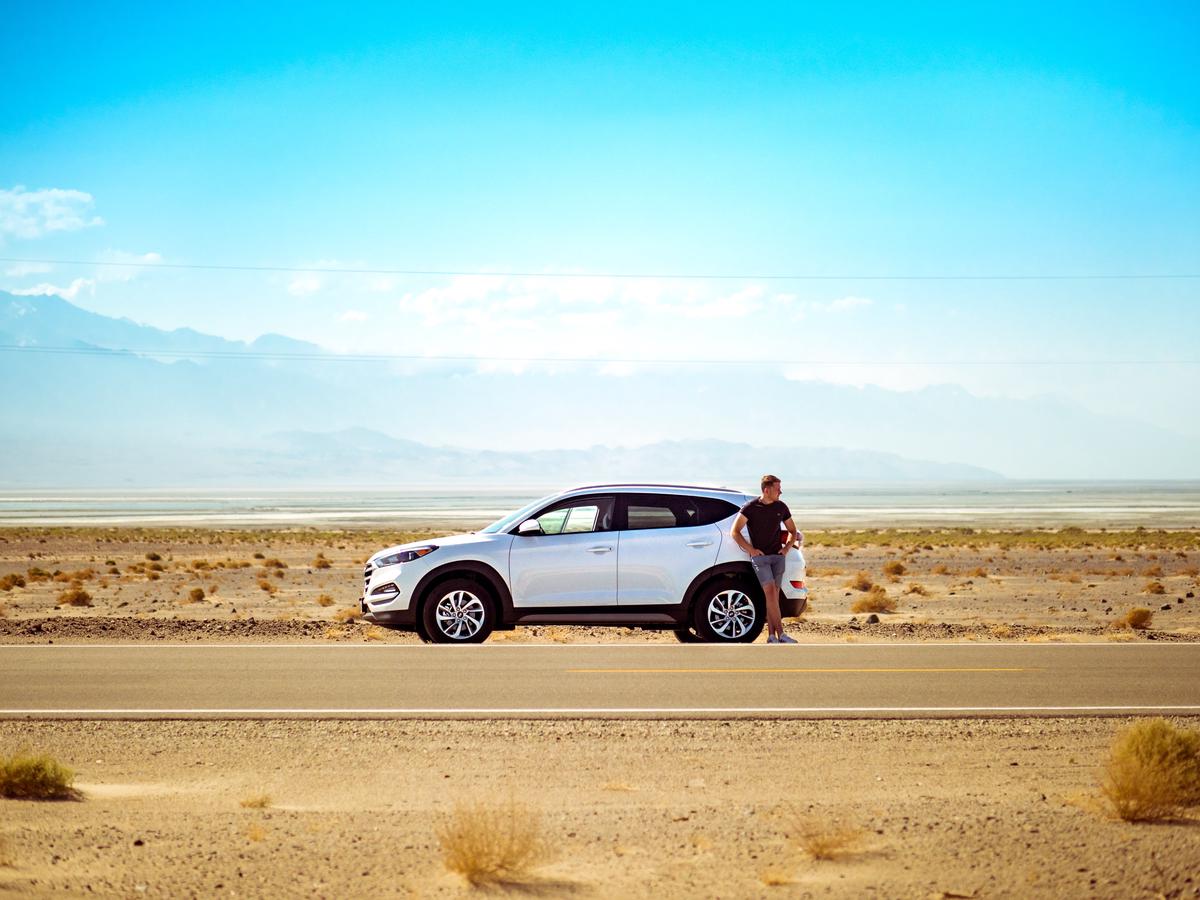
Through an exploration of car designs and technologies, the capacity of varied vehicle models, and rewarding case studies, we’ve discovered that the relationship between a vehicle’s size and its cargo space is more complex than what it might seem at first glance. While a larger car might often indicate a more spacious cargo area, this is not an absolute rule. Emphasizing the importance of design innovation and the effective utilization of available space, automobile manufacturers are constantly pushing the boundaries of what can be achieved within given car dimensions. Therefore, the next time you find yourself in the market for a new vehicle, remember not to judge a car’s cargo capacity solely by its size. A deeper look into its design, layout, and arrangement might just surprise you with its hidden potential for space.
